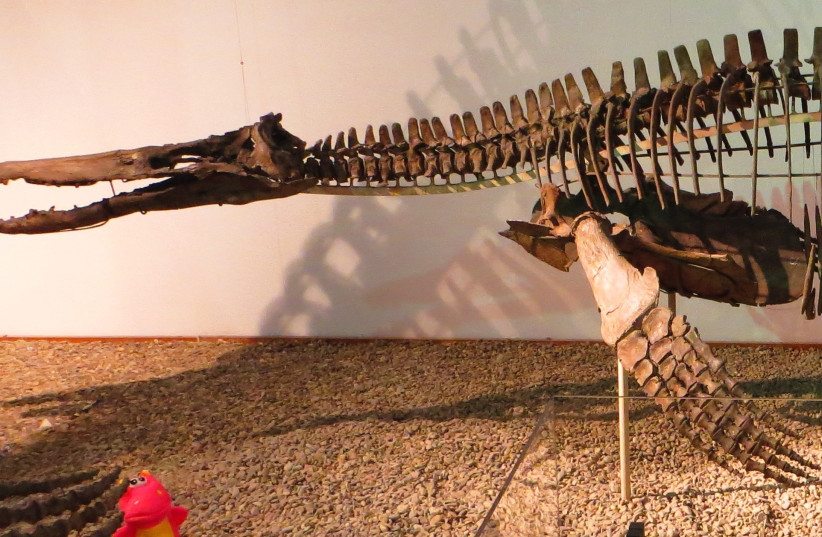British and Moroccan researchers have found the remains of plesiosaurs in freshwater deposits in Morocco, indicating that the reptiles may not only have inhabited ocean waters, as previously believed, but also freshwater environments.
The evidence includes teeth, bones, vertebrae and a long, forelimb humerus bone found in the mid-Cretaceous Kem Kem Group, an area that was once a freshwater body but is now part of the Sahara Desert.
Plesiosaurs were a group of marine reptiles found all around the world during the Late Triassic to Late Cretaceous era – about 203 million to 66 m. years ago. The findings were published In a peer-reviewed study on Wednesday in the scientific journal Cretaceous Research.
The fossils indicate that plesiosaurs were adapted to freshwater conditions and may have spent their entire lives in freshwater.
From the teeth, which were lost while the plesiosaur was still alive and showed heavy wear, the researchers inferred that local plesiosaurs fed on armored fish.

What did the researchers have to say?
“It’s scrappy stuff, but isolated bones actually tell us a lot about ancient ecosystems and animals in them.”
Dr. Nick Longrich, corresponding author, Milner Centre for Evolution, University of Bath
Corresponding author Dr. Nick Longrich from the Milner Centre for Evolution at the University of Bath said that the fossils contain invaluable information about plesiosaurs and their habitats.
“It’s scrappy stuff, but isolated bones actually tell us a lot about ancient ecosystems and animals in them,” he said, according to the university. “They’re so much more common than skeletons, they give you more information to work with.
“The bones and teeth were found scattered and in different localities, not as a skeleton," Longrich said. "So each bone and each tooth is a different animal. We have over a dozen animals in this collection.”
Based on their findings, the researchers believe that plesiosaurs, which were so adaptable that they existed for over 100 million years, may have repeatedly invaded freshwater bodies from saltwater ones.
